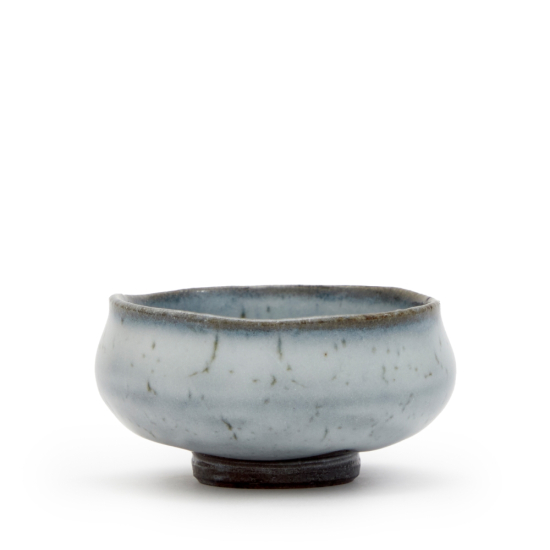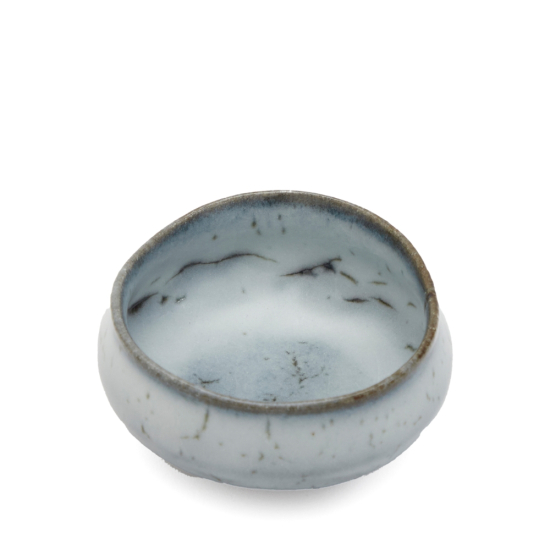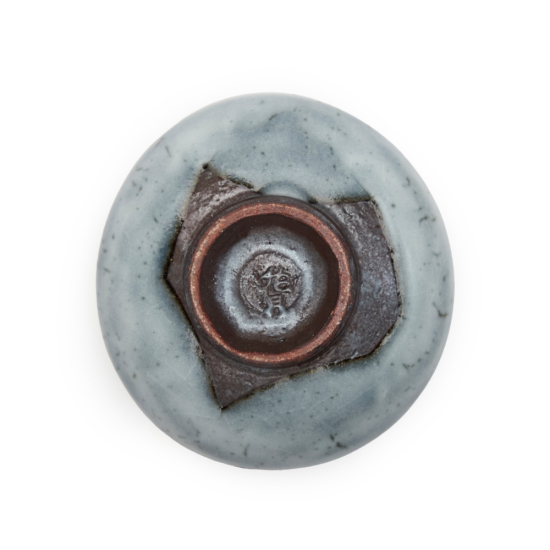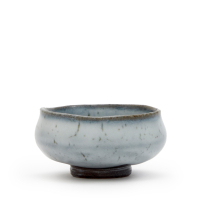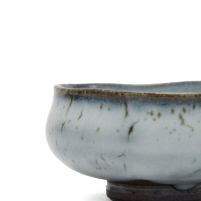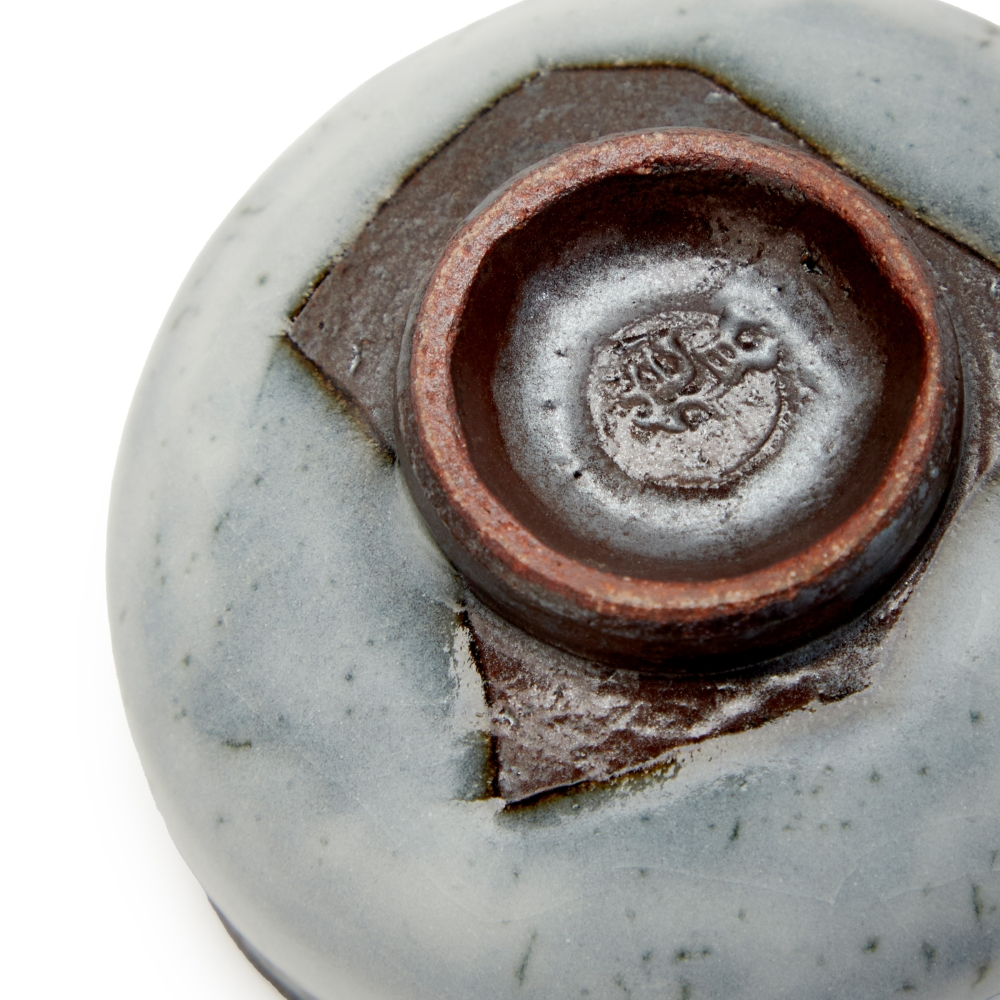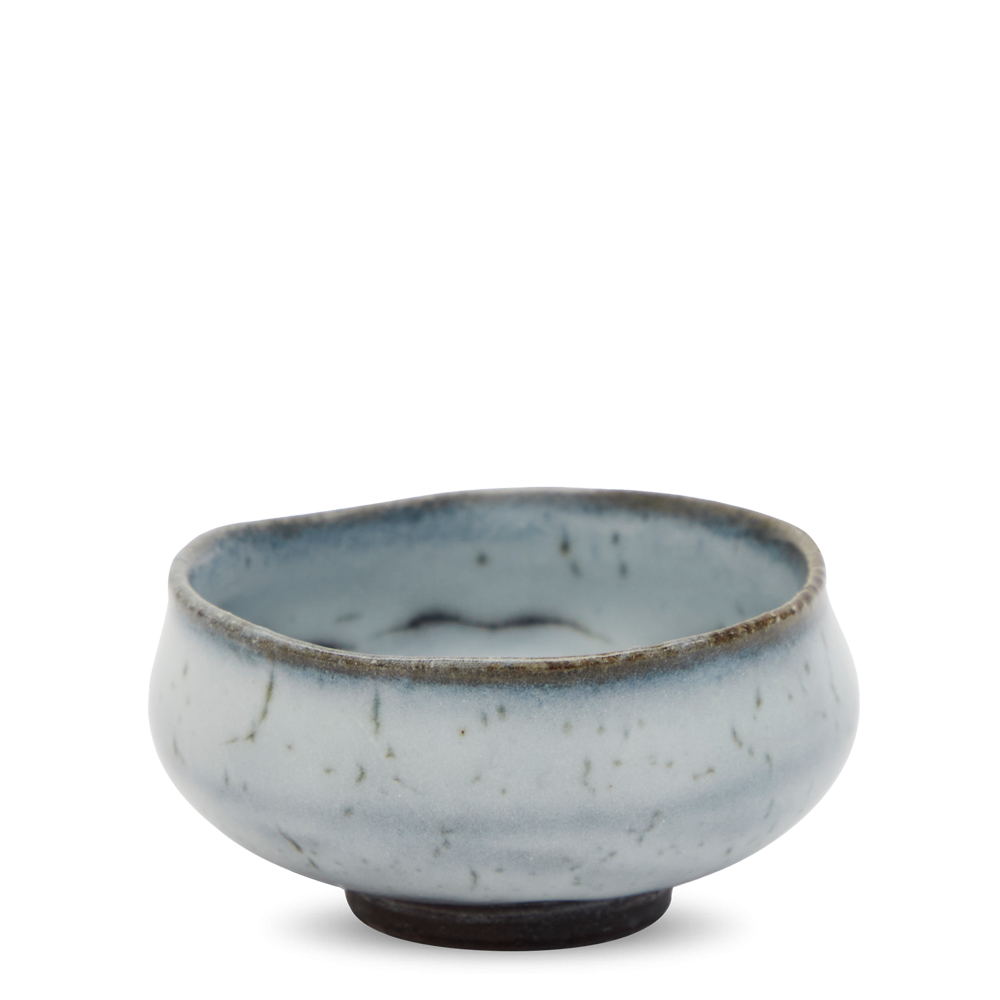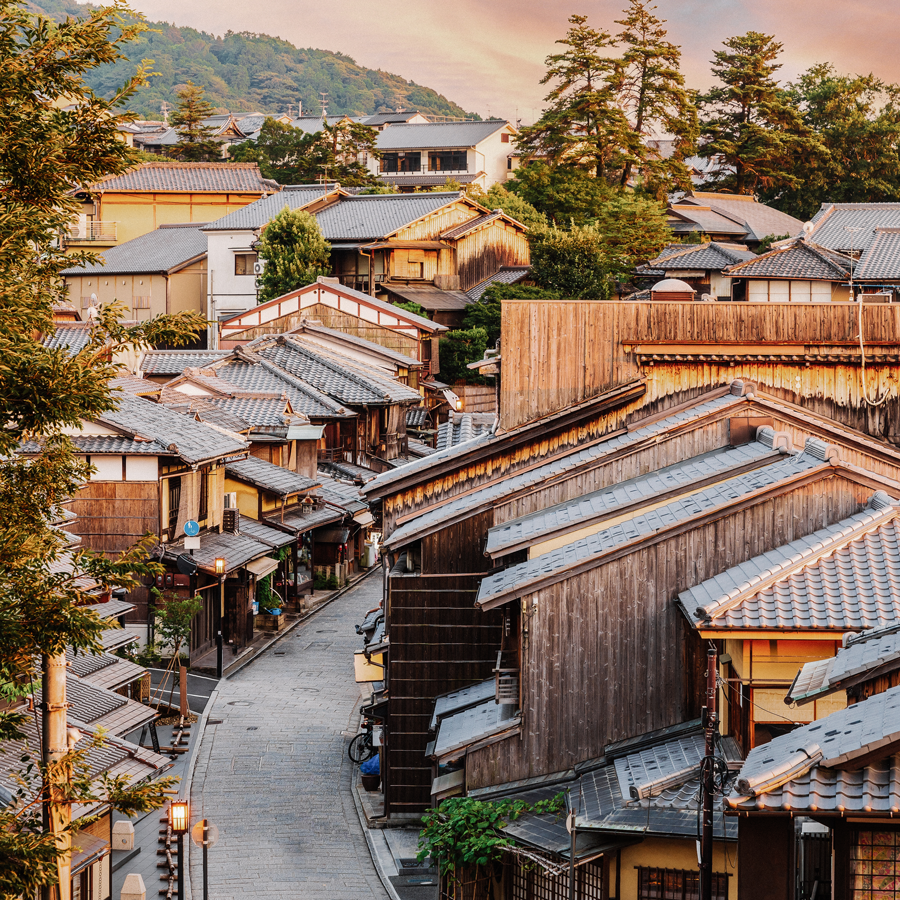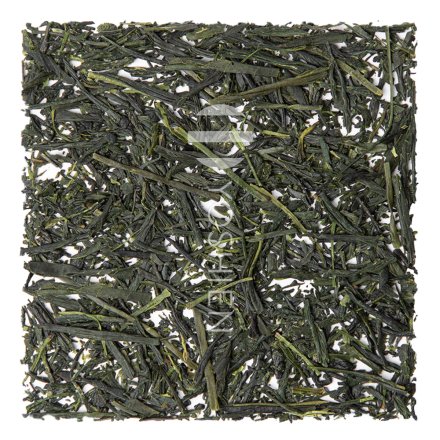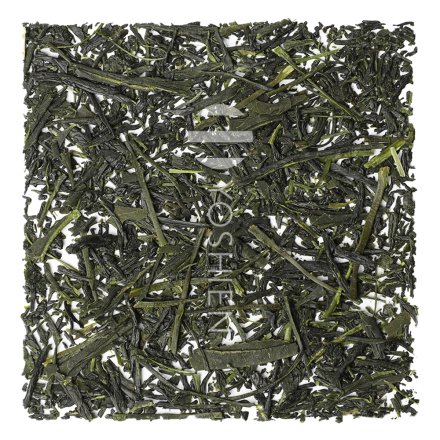Kairagi
Kairagi is a melting glaze effect that occurs on ceramics when the glaze shrinks faster than the clay body during the firing process. The Japanese characters are written as either 梅花皮: "plum tree bark", or 鰄: "shark skin", alluding to the fine cracked, texture of the glaze. The technique is often seen on Hagi and Karatsu wares, especially at the base of Ido style tea bowls.



